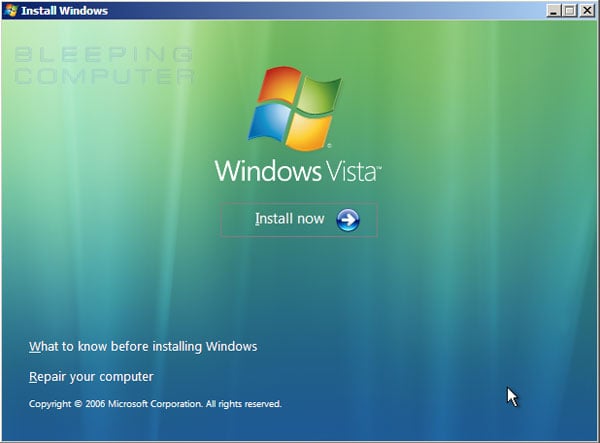
Select the option for Safe mode command prompt only. If done properly, the user should get to a screen similar to the below screen.į5=Safe Mode Shift+F5=Command prompt Shift+F8= Step-by-step confirmation. As the computer is booting, press the F8 key when you hear a beep or when you see "Starting Windows 95" or "Starting Windows 98." Windows 98 users sometimes may find it easier to press and hold the left Ctrl key as the computer is booting. If you cannot get into Windows 95 or Windows 98 to get to an MS-DOS prompt, follow the instructions below (Windows ME does not have this option). Choose the option to restart the computer to an MS-DOS prompt. How to restart the computer into an MS-DOS prompt 
How to use the Windows command line (DOS). However, if you are attempting to troubleshoot an issue with the computer and are using Microsoft Windows 95 or Windows 98, we suggest you restart the computer into MS-DOS. If you can get into Windows 95, 98 or ME, you can get to an MS-DOS prompt by following the steps below.įollowing the steps above opens an MS-DOS shell. Get to a Command Prompt in Windows 95, 98, and ME Also, they may access MS-DOS by booting from a Windows XP CD. We recommend the Network Administrator gain access either using a standard MS-DOS boot diskette or the ERD diskettes created after the installation of Windows NT. See: How to use the Windows Recovery Console.įinally, if you are experiencing issues getting into Windows NT, 2000, or XP, it may be necessary to run troubleshooting steps from an MS-DOS prompt. The log file is located at: C:\Windows\System32\Logfile\Srt\ SrtTrail.Windows 2000 and XP users who cannot boot the computer into Normal Windows mode or Safe Mode can also enter and use the Recovery Console to manage their computer from a prompt.
Problems with clean Windows installations or Windows upgrades (for example, from Windows XP to Windows Vista)Īfter Startup Repair has run, a text log with diagnostic information and repair results is generated. Malfunctioning firmware and other hardware components. Startup Repair will not repair unbootable systems caused by the following issues: Bad memory and hard disk hardware (detection only). Installation of incompatible Windows service packs and patches.  Installation of problematic or incompatible drivers.
Installation of problematic or incompatible drivers.  Disk metadata corruption (MBR, partition table, and boot sector).
Disk metadata corruption (MBR, partition table, and boot sector). 
Missing or damaged system and driver files.Startup Repair will try to repair computers that are unbootable because of the following reasons:








 0 kommentar(er)
0 kommentar(er)
